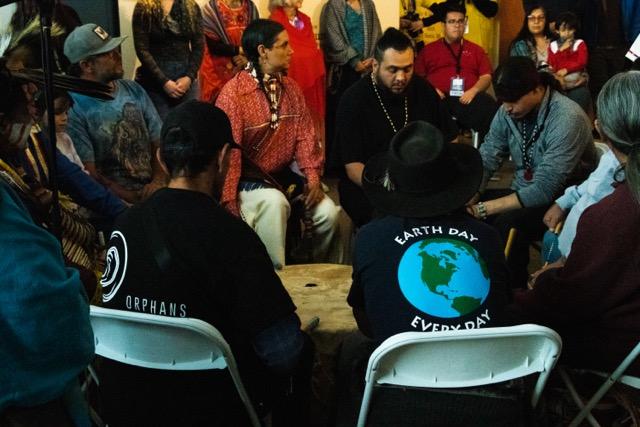
The Regional Access to Graduate Education program at CSU-Pueblo is coming to an end after five years. Originated in 2010, the program offered opportunities for students in CSU- Pueblo’s graduate programs, especially Hispanic and low income students. Grant funding for RAGE will expire Sept. 1, the end of the fiscal year.
RAGE was a little known program intended to boost the university’s master’s level attendance and completion rates. The program offered a variety of assistance targeted at CSU-Pueblo’s graduate students.
“I think it’s a good model that, sadly, the school won’t have any more,” Felicia Tapia said. Tapia has been an administrative assistant for the program for the past year.
Financially, student fellowship grants up to $5,000 per semester, and student travel grants in the same amount to support research activities were made available to students through RAGE. The program also expanded distance learning and hybrid course opportunities for grad students unable to travel.
Community-Based Research was among the premier activities of RAGE, joining graduate students with local community and government programs. Chad Kinney, the chemistry professor who headed the program, says that this side of RAGE is where the greatest impact was. It finally gave members of the local community a direct point of contact to engage the university.
One such initiative partnered grad students with El Centro Del Quinto Sol, a recreation center for Pueblo’s under-privileged youth. Kinney and Tapia both said that this was one of the greatest achievements made possible with RAGE resources. According to them, the relationship is expected to continue even after funding ends through the efforts of the involved faculty.
The creation of the Graduate Student Support Center was another success that is expected to persist in some measure. The center, located in LARC 257, provided general assistance for grad students, but especially writing help. While the aid provided in the general writing room in LARC 251 is adequate for most students, Kinney explained that the resources needed to write on the graduate level was usually not available. That level of help will now be permanently available in the writing center.

RAGE’s legacy is still uncertain, though. Kinney described its funding as a U.S. Department of Education developmental grant, intended to temporarily finance resources that might eventually become institutionalized at the university. The program as it stood was never intended to become a permanent fixture.
He explained that a replacement program for RAGE could have received financing through a new grant and eventually become a permanent fixture at CSU-Pueblo that way, except that “not all of the information required from the university was submitted,” he said.
“It’s hard to explain without throwing someone under the bus,” he said, adding that “given the financial climate” he wasn’t surprised that the university didn’t take on funding responsibilities.
However, in an email, Kinney said that, “far more applications are submitted than are funded.”
“Even if the grant had been reviewed there is a limited chance of funding,” he said.
Kinney and Tapia both said they see little chance of RAGE being resurrected, though they said they have heard mostly positive feedback. Kinney said that when the original grant was applied for, its funds were specifically allotted only for staff for the RAGE program. “If we had it to do all over, I’d like to see more resources,” Kinney said.
CORRECTION Sept. 2, 2015: A previous version of this report said the Regional Access to Graduate Education program was ending due to clerical errors in the grant reapplication process. The RAGE program ended because “not all of the information required from the university was submitted” with an application for another grant that would have financed a replacement program, Professor Chad Kinney said in an email.
Editor’s note: This report was removed from the CSU-Pueblo Today website from Sept. 1 to Sept. 2 to correct inaccuracies.









